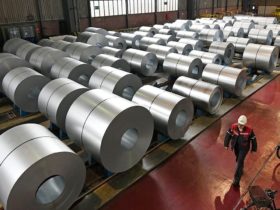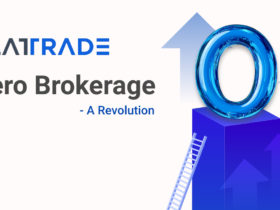Housing Finance Companies (HFCs) have performed well in FY22 after a modest growth for two straight years, as HFCs reported a double-digit growth rate in FY22 at 11% YoY, surpassing the 7% posted by the banks, according to CareEdge Ratings.
As a result, the share of HFCs, which has been contracting in FY20 and FY21, improved in FY22 from 36% to 37%. The key reasons for the improvement were better macroeconomic environment, low-interest rate, and signs of recovery in the realty sector, noted CareEdge.
Mortgage Loans Help Affordable HFCs
The rating agency said that the affordable HFCs witnessed a moderation in growth in FY21 due to the pandemic-related challenges. However, growth of HFCs picked up in FY22, with the affordable segment growing at 20% YoY. This was possible due to the ability to penetrate the unorganised segments and strong appraisal skills to underwrite below-prime customers remained the key strengths for the affordable HFCs.
In terms of loan products, growth in affordable HFCs was mainly driven by the relatively higher-yielding LAP segment. Accordingly, the share of the LAP segment increased from 19% to 25% in the overall loan portfolio of affordable HFCs.
Financial Indicators
The rating agency said that most of the affordable HFCs were slow in passing on the lower interest rate benefit to borrowers with respect to yields. This delay along with the rising share of LAP in the portfolio, resulted in higher yields compared to pre-Covid levels.
Further, funding costs for affordable HFCs benefitted from the rising share of low-cost National Housing Bank funding along with the low-interest rate regime. Consequently, Net Interest Margins (NIMs) improved to 7.4%.
With the rise in disbursements, the operating expenses to the average total assets (ATA) ratio increased, but, remained lower than the pre-Covid level at 3.3%. Overall, higher NIMs along with controlled credit costs boosted the profitability profile of affordable HFCs, which reported a Return on Total Assets (RoTA) at 3.1%, which is higher than the pre-Covid level, said the report.
Meanwhile, affordable HFCs reported an improvement in their asset quality metrics with the gross NPA ratio declining from 4.1% to 3.4% in FY22. The segment recovered in the second half of FY22 as the economic activity picked up and the unorganised sector flourished.
Moreover, capital structure continues to be comfortable with gearing remaining lower than pre-Covid times for affordable HFCs. The gearing for the affordable HFCs stood at around 2.4x. The low-risk appetite of the lenders along with a cautious market stance led to a further decline in the gearing of the affordable HFCs segment, according to CareEdge.
Outlook
Going forward, the HFCs segment may face some headwinds due to increasing interest rates, elevated construction costs and decline in disposable income amid rising inflation, CareEdge Ratings said.
However, the rating agency expects affordable HFCs to continue to outpace the industry growth with a projected growth rate of around 18% for FY23. CareEdge expect affordable HFCs to continue to report healthy profitability metrics with RoTA of around 3%.





